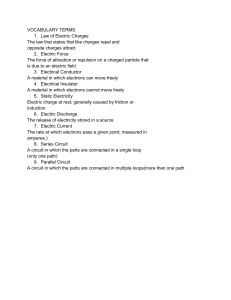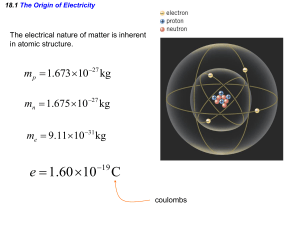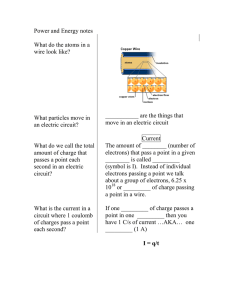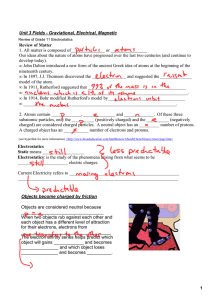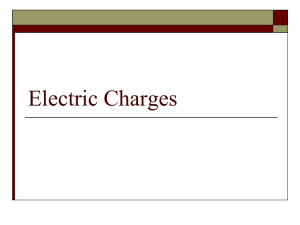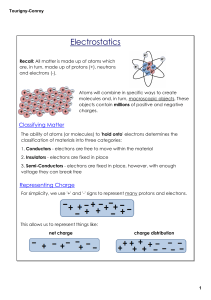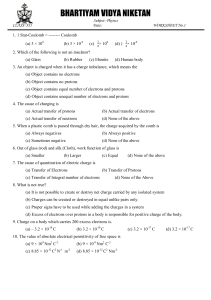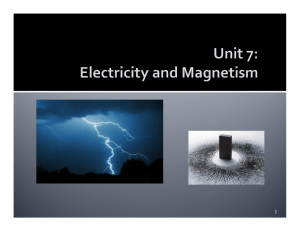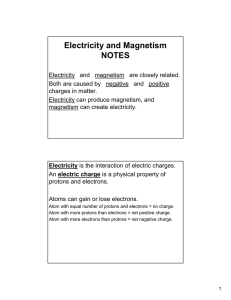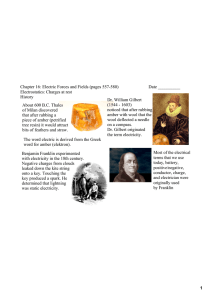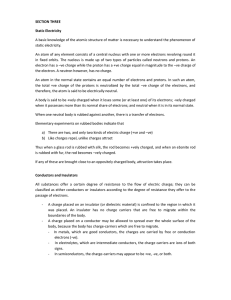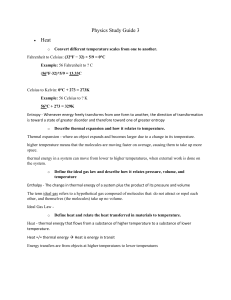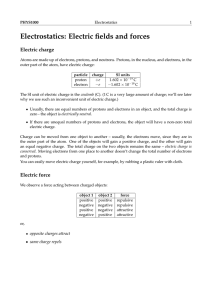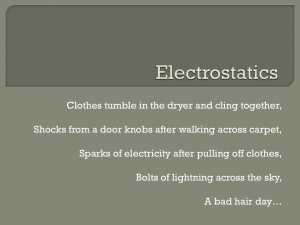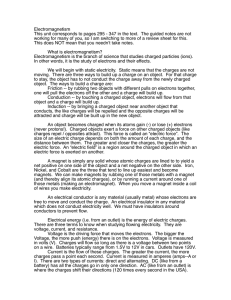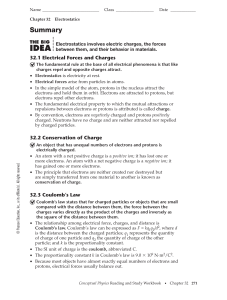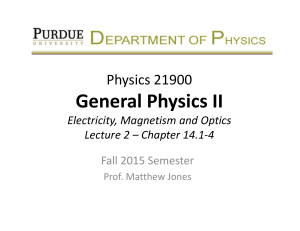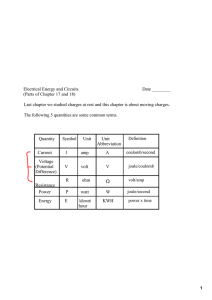Current Flow
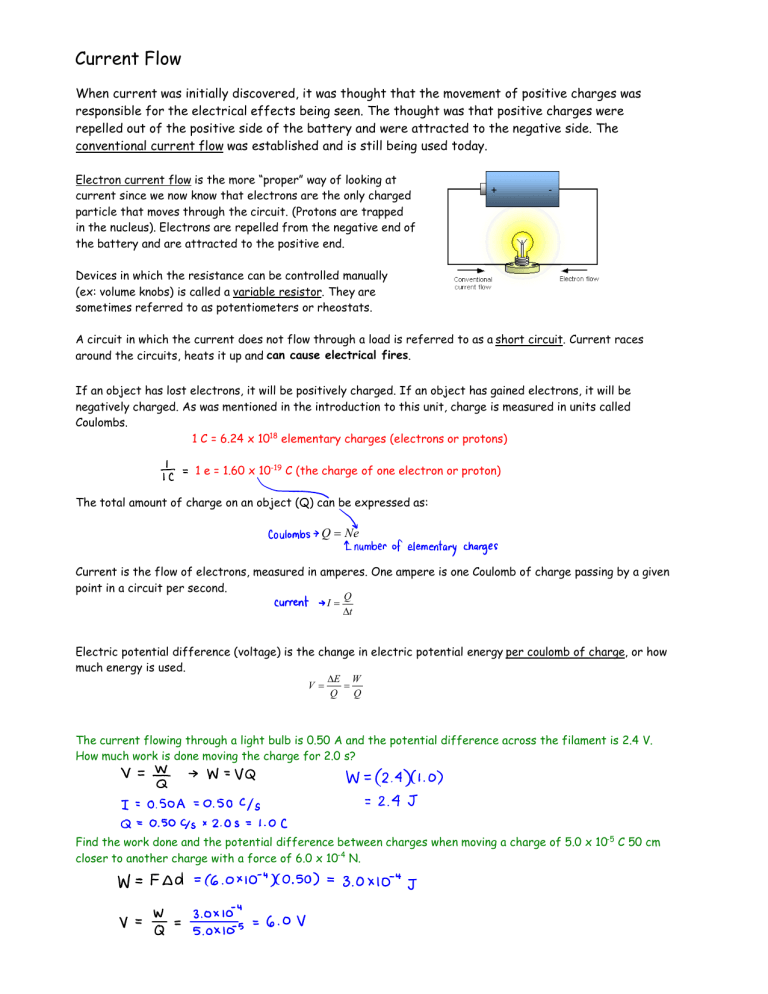
Current Flow
When current was initially discovered, it was thought that the movement of positive charges was responsible for the electrical effects being seen. The thought was that positive charges were repelled out of the positive side of the battery and were attracted to the negative side. The conventional current flow was established and is still being used today.
Electron current flow is the more “proper” way of looking at current since we now know that electrons are the only charged particle that moves through the circuit. (Protons are trapped in the nucleus). Electrons are repelled from the negative end of the battery and are attracted to the positive end.
+ -
Devices in which the resistance can be controlled manually
(ex: volume knobs) is called a variable resistor. They are sometimes referred to as potentiometers or rheostats.
A circuit in which the current does not flow through a load is referred to as a short circuit. Current races around the circuits, heats it up and can cause electrical fires .
If an object has lost electrons, it will be positively charged. If an object has gained electrons, it will be negatively charged. As was mentioned in the introduction to this unit, charge is measured in units called
Coulombs.
1 C = 6.24 x 10 18 elementary charges (electrons or protons)
1 e = 1.60 x 10 -19 C (the charge of one electron or proton)
The total amount of charge on an object (Q) can be expressed as:
Q
Ne
Current is the flow of electrons, measured in amperes. One ampere is one Coulomb of charge passing by a given point in a circuit per second.
I
Q
t
Electric potential difference (voltage) is the change in electric potential energy per coulomb of charge, or how much energy is used.
V
E
W
Q Q
The current flowing through a light bulb is 0.50 A and the potential difference across the filament is 2.4 V.
How much work is done moving the charge for 2.0 s?
Find the work done and the potential difference between charges when moving a charge of 5.0 x 10 -5 closer to another charge with a force of 6.0 x 10 -4 N.
C 50 cm
